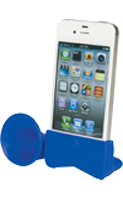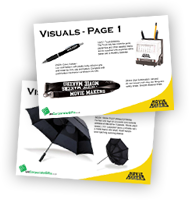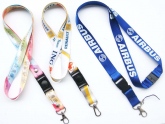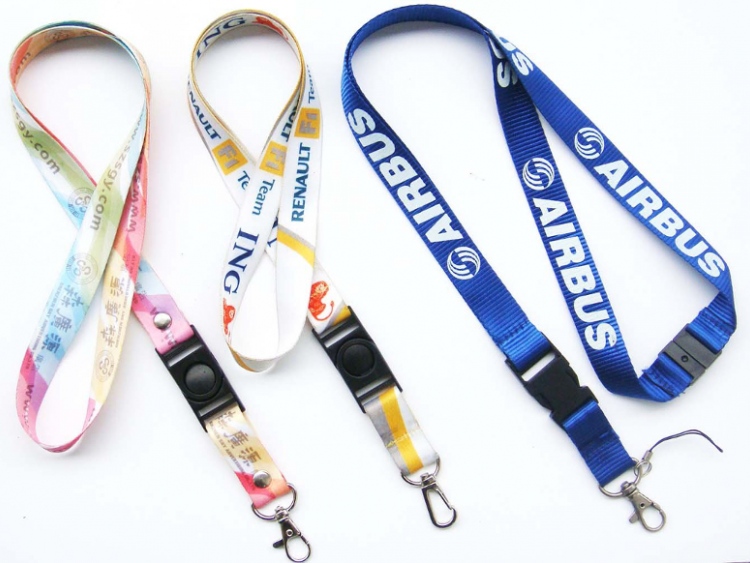
Promotional Lanyards UK - Personalisation Guide
Promotional lanyards are cords or straps with attachments that can be used for carrying keys, name badges or even mobile phones. Lanyards are worn around the neck and are often seen at events such as tradeshows, as they are useful for keeping one's belongings close at hand. They are one of the most popular promotional gifts, especially for businesses and organisations whose target markets include students and young people.
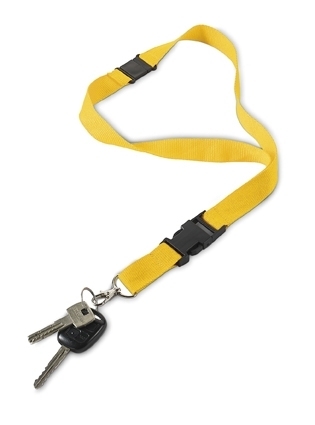 Lanyards are handy gifts that can be used to hold a variety of objects, including keys and name badges
Lanyards are handy gifts that can be used to hold a variety of objects, including keys and name badges
A lanyard can be customised in a number of ways to make it suited to your business. Below, we outline the steps involved in designing your own promotional lanyards.
1. Choose Your Type and Branding Method
Lanyards come in a range of materials and types which can be branded in different ways:
1. Flat Polyester Lanyard - Polyester is a strong, strap-like material that is resistant to stretching and shrinking. Flat polyester lanyards have a wide printing area and a textured surface which can be branded with spot colour printing. This process involves printing block colours one at a time, and is perfect for logos that are made up of individual colours without gradients.
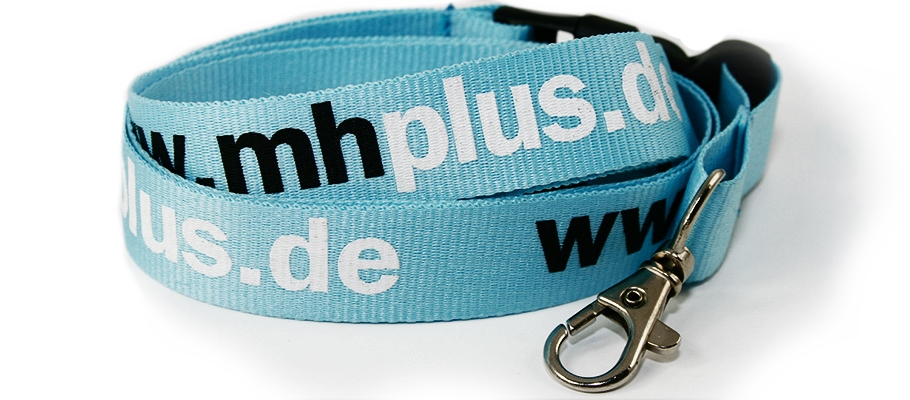
2. Tubular Polyester Lanyard - Tubular polyester lanyards are formed into a tube shape and then crimped together. They appear softer as they don't have harsh edges like the flat version so are ideal for schoolshildren. Like flat polyester, they can be branded with spot colour printing.
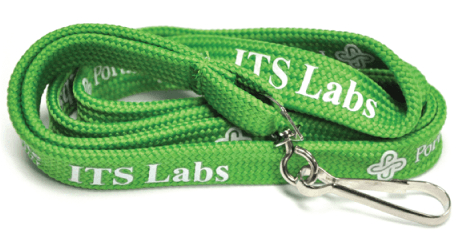
3. Dye-Sublimation Lanyard - The polyester used for dye sublimation printing has a smoother surface, giving the lanyards a sleek, glossy look and a very soft finish. Dye sublimation printing (or heat transfer printing) is the method to choose if you want to print your lanyard with a photographic image or a complex design, as it will achieve an intricate, full-colour finish edge-to-edge.
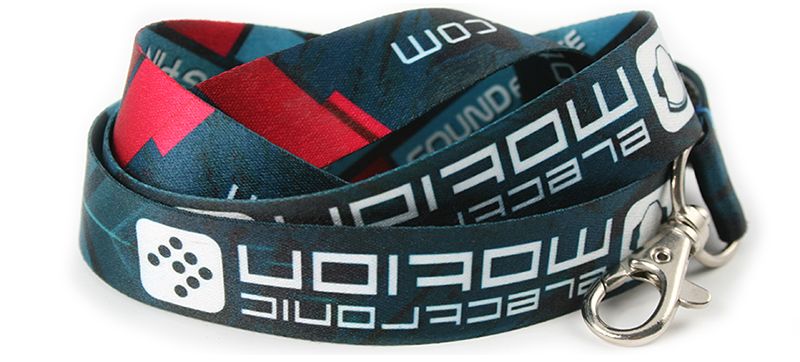
4. Woven Lanyard - This is a hard-wearing and tough lanyard which is made by weaving your desing into the lanyard as it is created. The process of weaving creates a negative image of your desing on the reverse - where the colours are replaced.
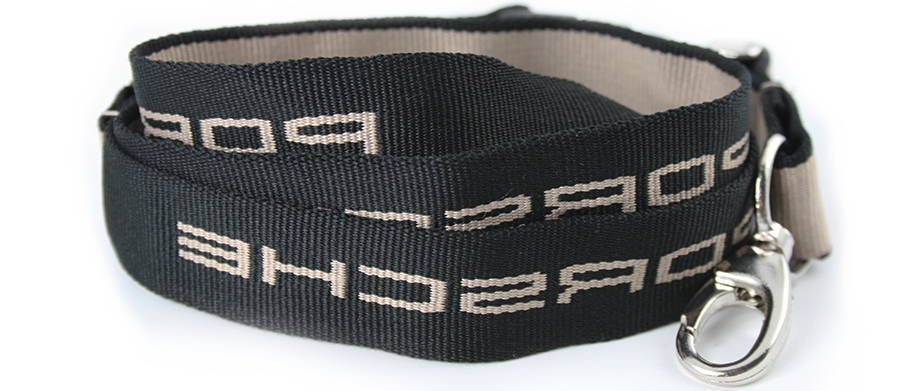
5. Nylon Lanyard - This material is slightly thicker and stiffer than polyester, but is also light in weight and has a glossy finish. Like polyester, it can be printed using spot colour printing.
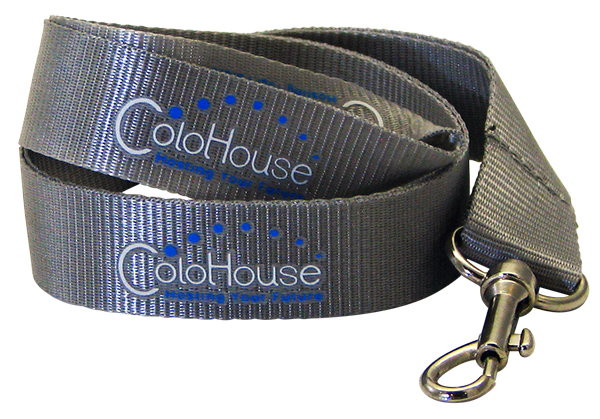
6. Ribbon Lanyard - Satin ribbon is very lightweight and flexible, although it can be less sturdy than other materials so it's suitable for promotional, rather than heavy duty environments. It's shiny surface has a high-end look that can be printed with spot colours.
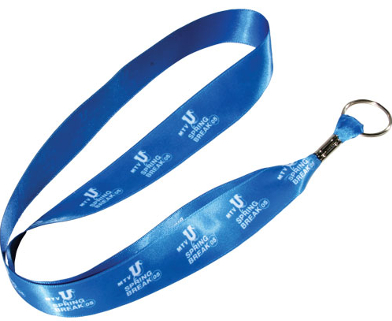
7. Double Layer Lanyard - A combination of two types, here a satin ribbon or a dye sublimation material is sewn onto a polyester strip. This creates a thicker effect where you can see both materials. Ususally complementing colours are chosen to create a contrasting or tonal effect. Depending on the strip sewn onto the polyester, these can be printed using spot colours or full colour.

There are also lanyards available made from recyled materials, which are ideal if you run an eco-friendly business and want your promotional products to reflect this. If you want a very simple design there is the option of cord lanyards, which consist, as the name suggests, of a piece of coloured cord, but it is not available for printing.
2. Choose Your Fittings
By fittings we mean the metal and plastic pieces which are attached to lanyards for safety or for allowing you to attach other items like phones and identity cards.
The fittings that hold items include: the dog clip, swivel hook, crab or lobster hook, trigger hook and crocodile clip.
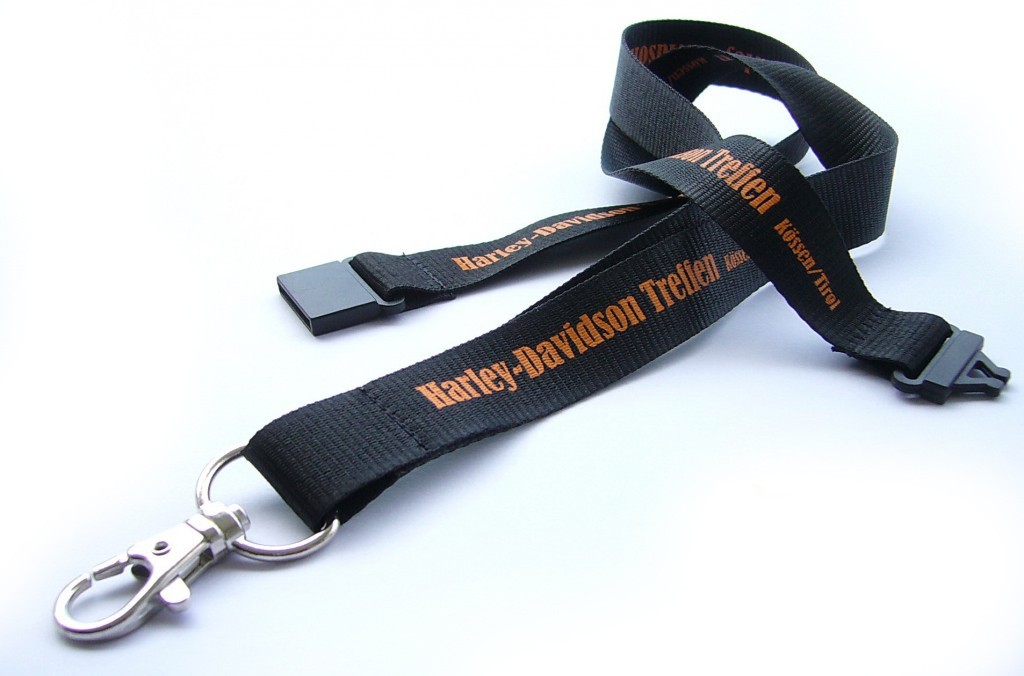 The most common fittings for a lanyard are a dog clip and a safety break
The most common fittings for a lanyard are a dog clip and a safety break
To make a lanyard safer, it is good to add a safety break or a buckle. They allow the lanyard to break apart should it get caught somewhere or when pulled.
A range of ID card holders is also available.
You can learn more about the different types of fitting and what they look like by watching the video below.
3. Choose Your Lanyard Width
Most lanyards can be made 10, 15, 20 or 25mm wide, although this can vary so you should check the specfifciations on the specific lanyard you want. The wider your lanyard, the more branding you'll be able to fit on it, so if you want your logo to be big, bold and highly visible, choose a larger width. If you want your lanyards to look more subtle, go for a narrower width with less branding. The most popular lanyard width is 20mm.
Would you like more tips on how to customise your promotional lanyards? You can always call us on 01204 577 995 - we'd be happy to help! Or take a look at our product pages for more specific information on each of our lanyards.
Talk to Us
»
01204 577 995
info@UKCorporateGifts.co.uk







